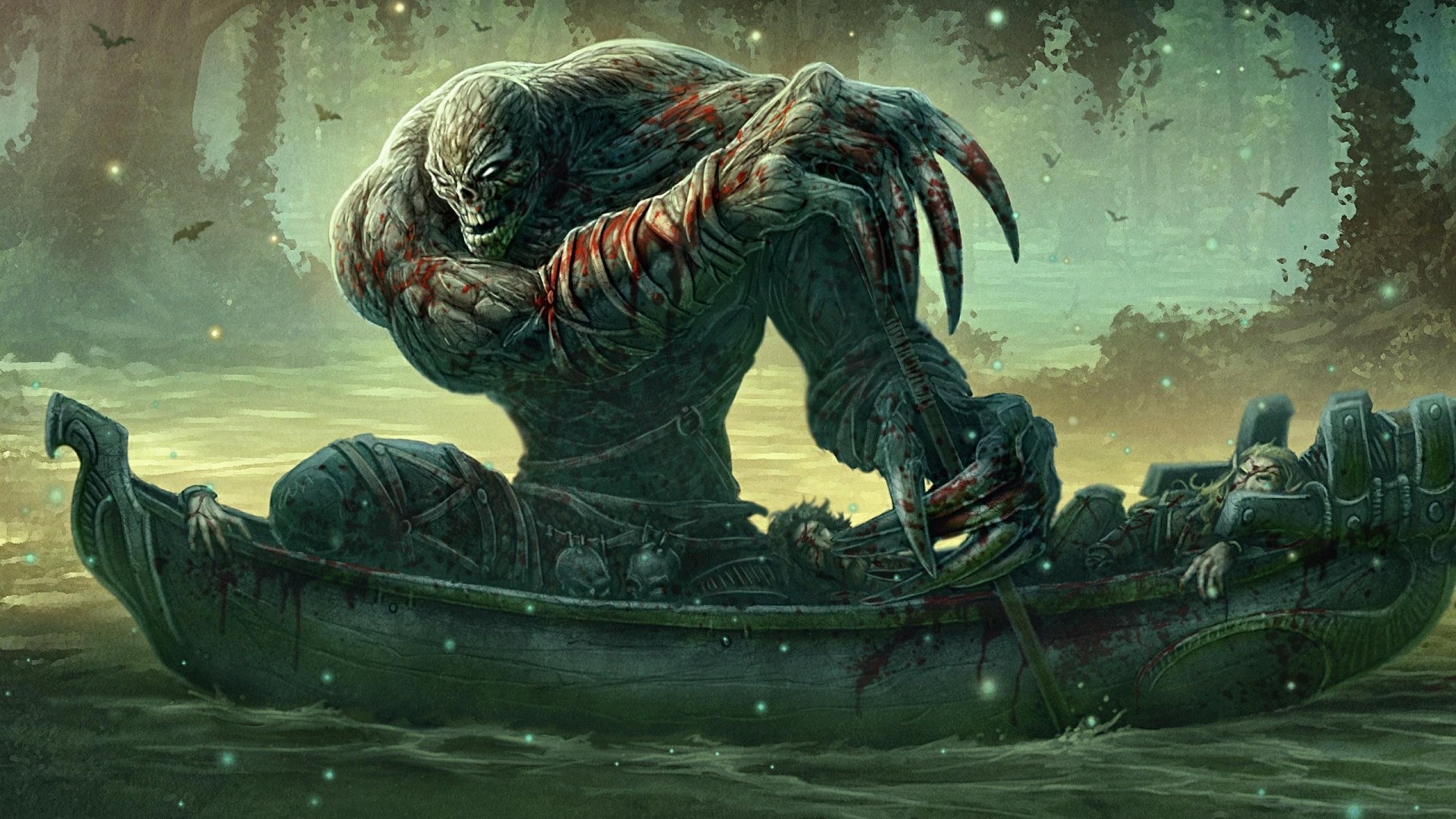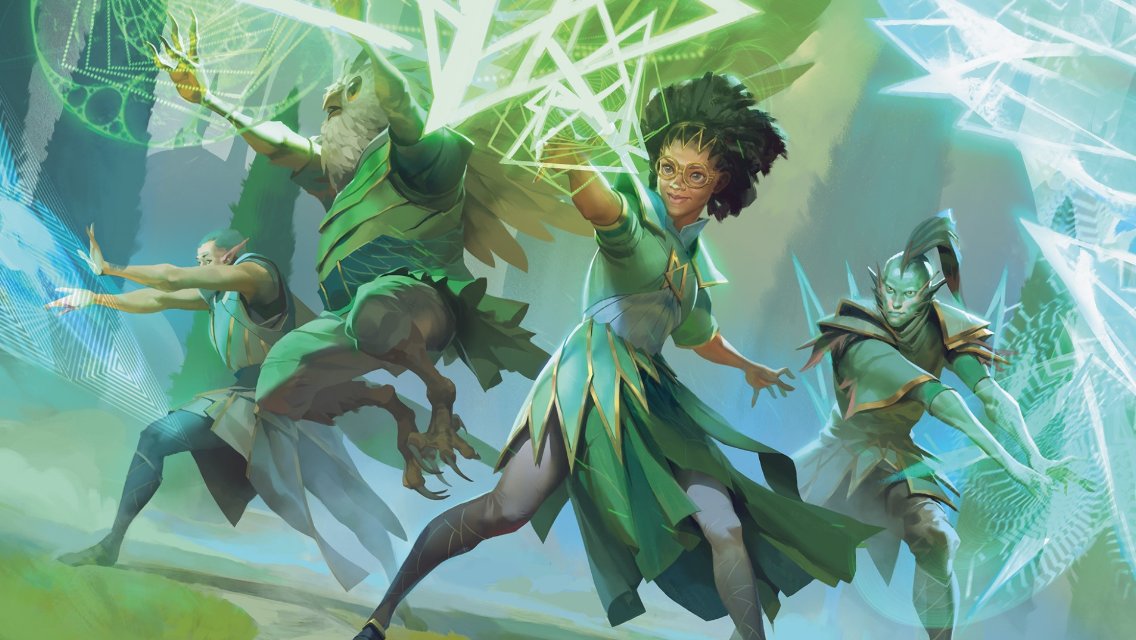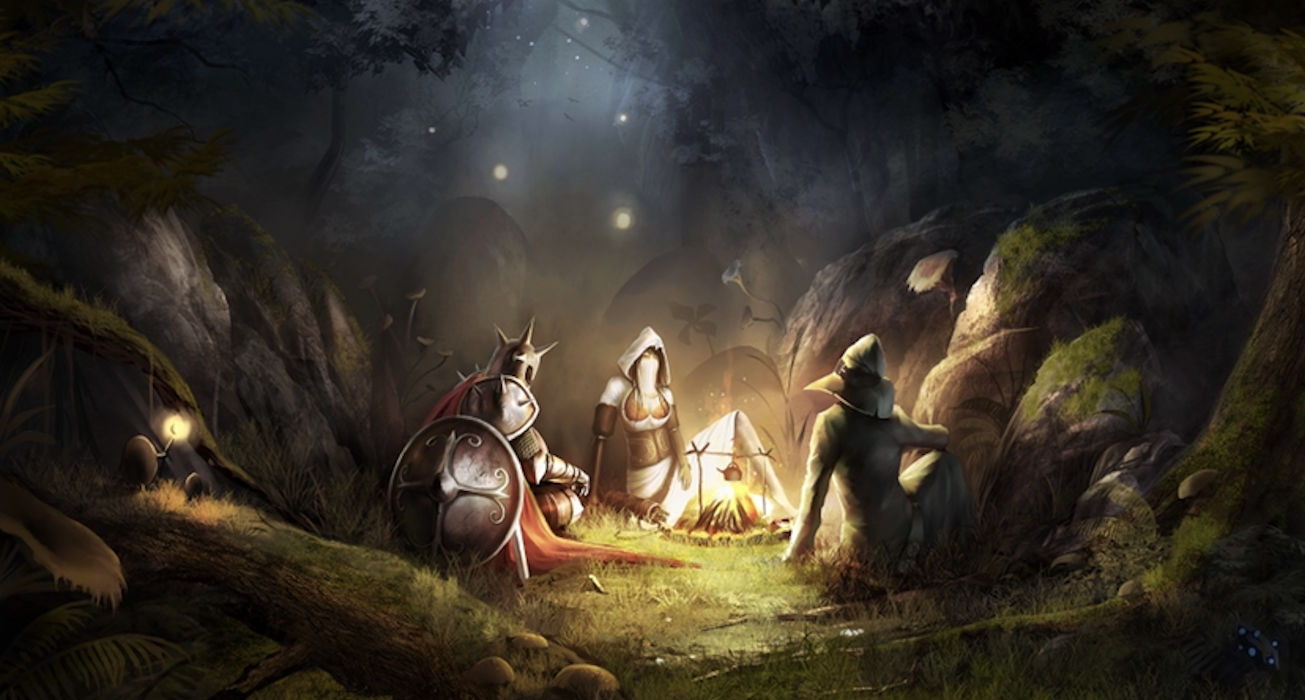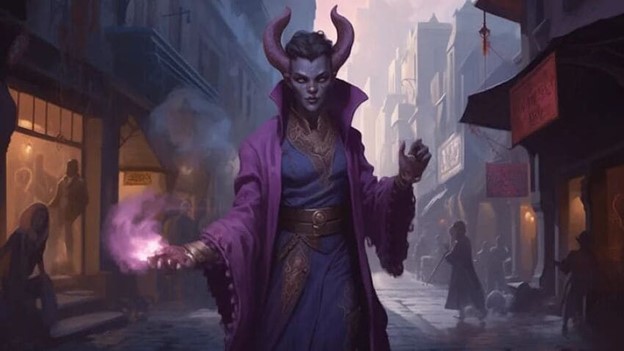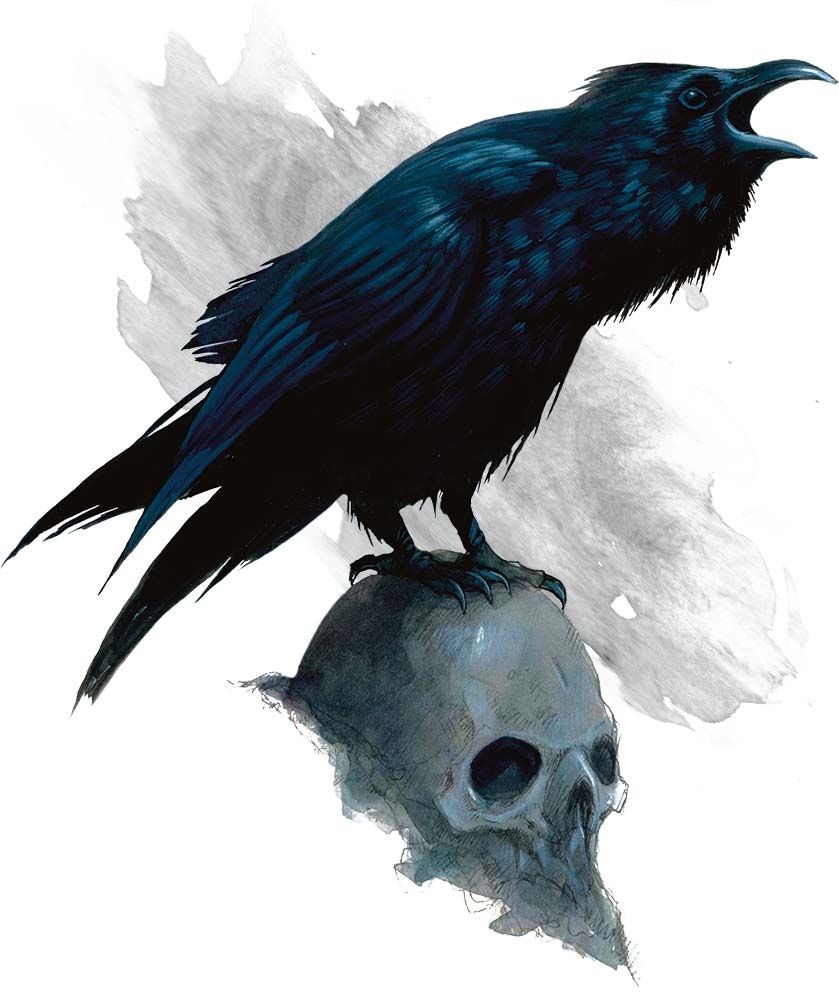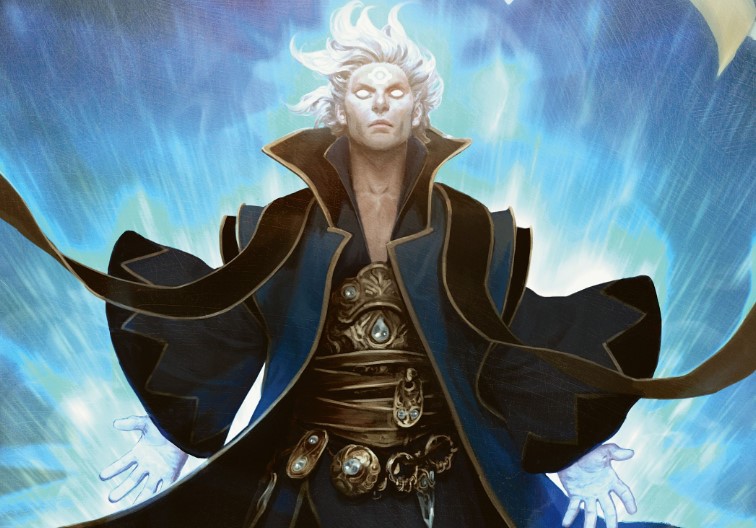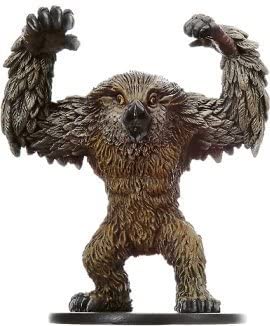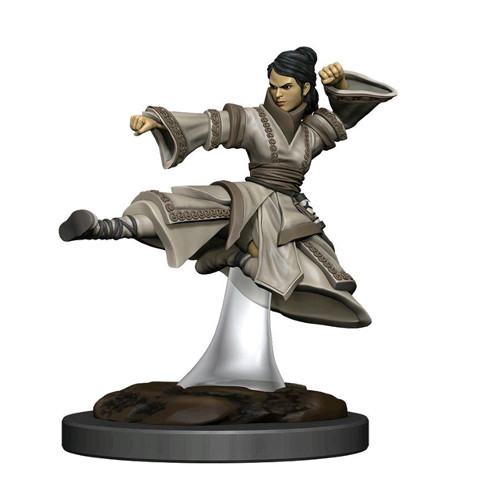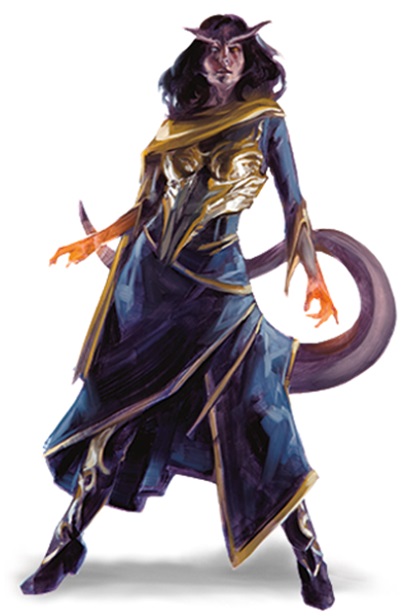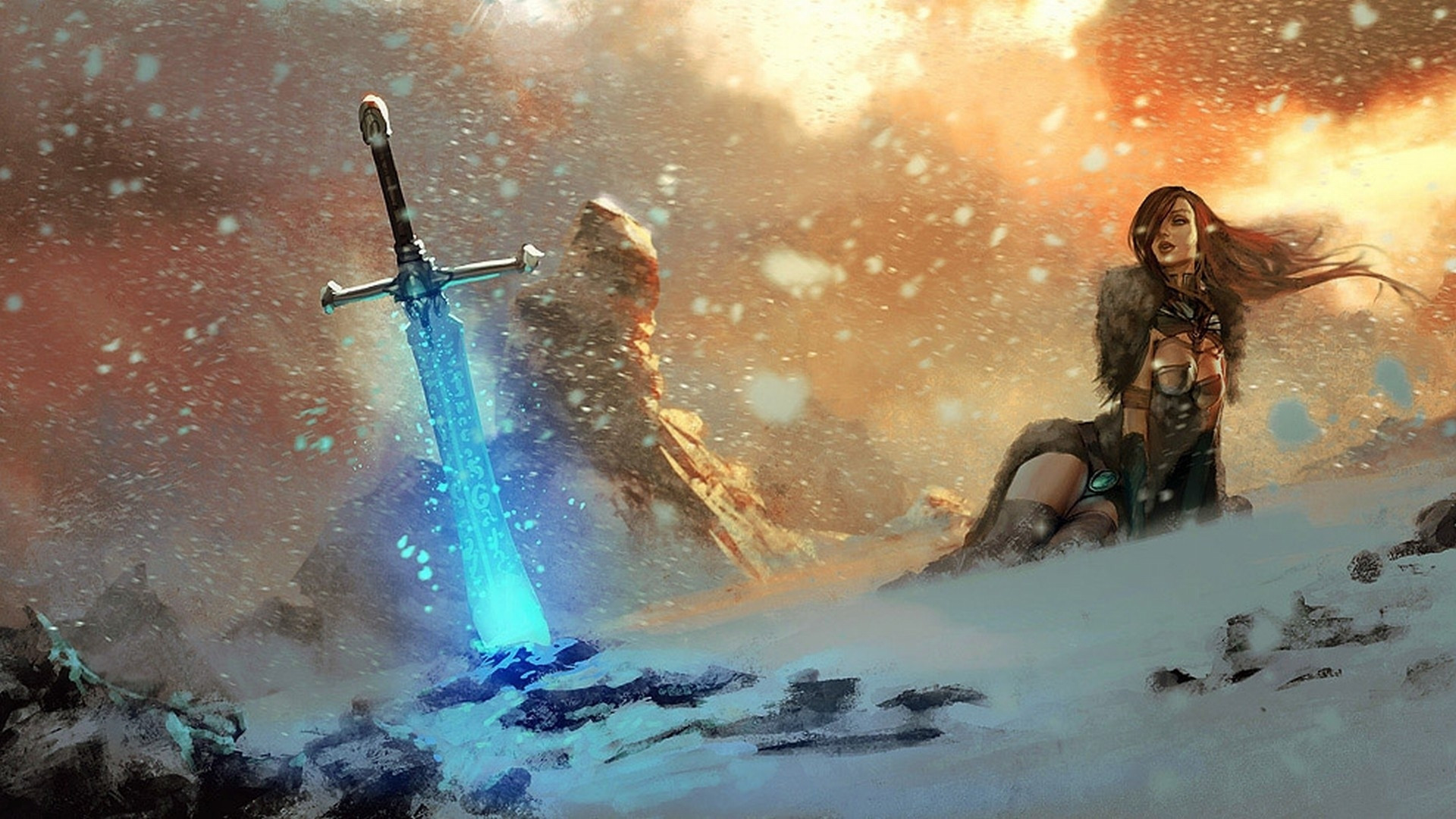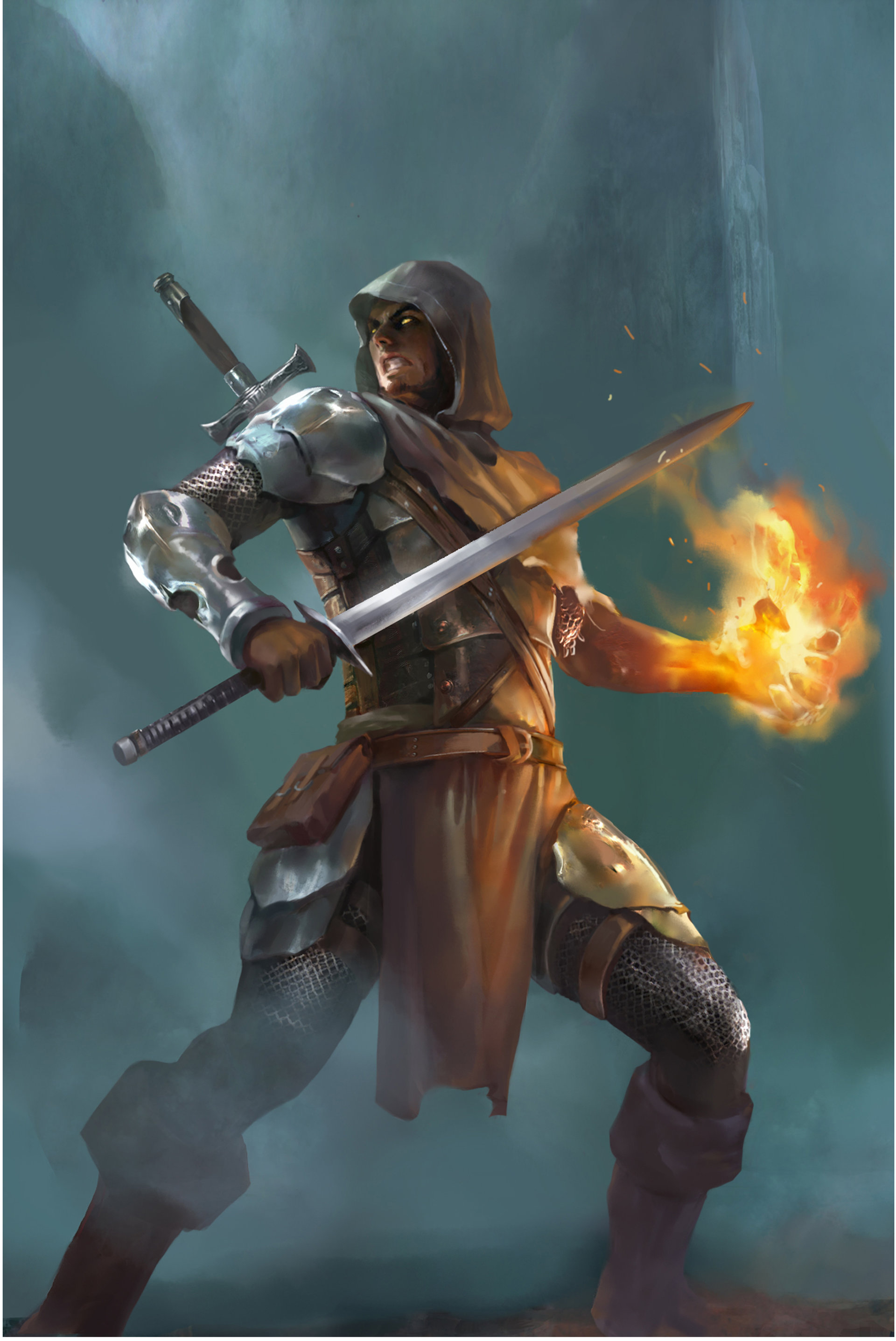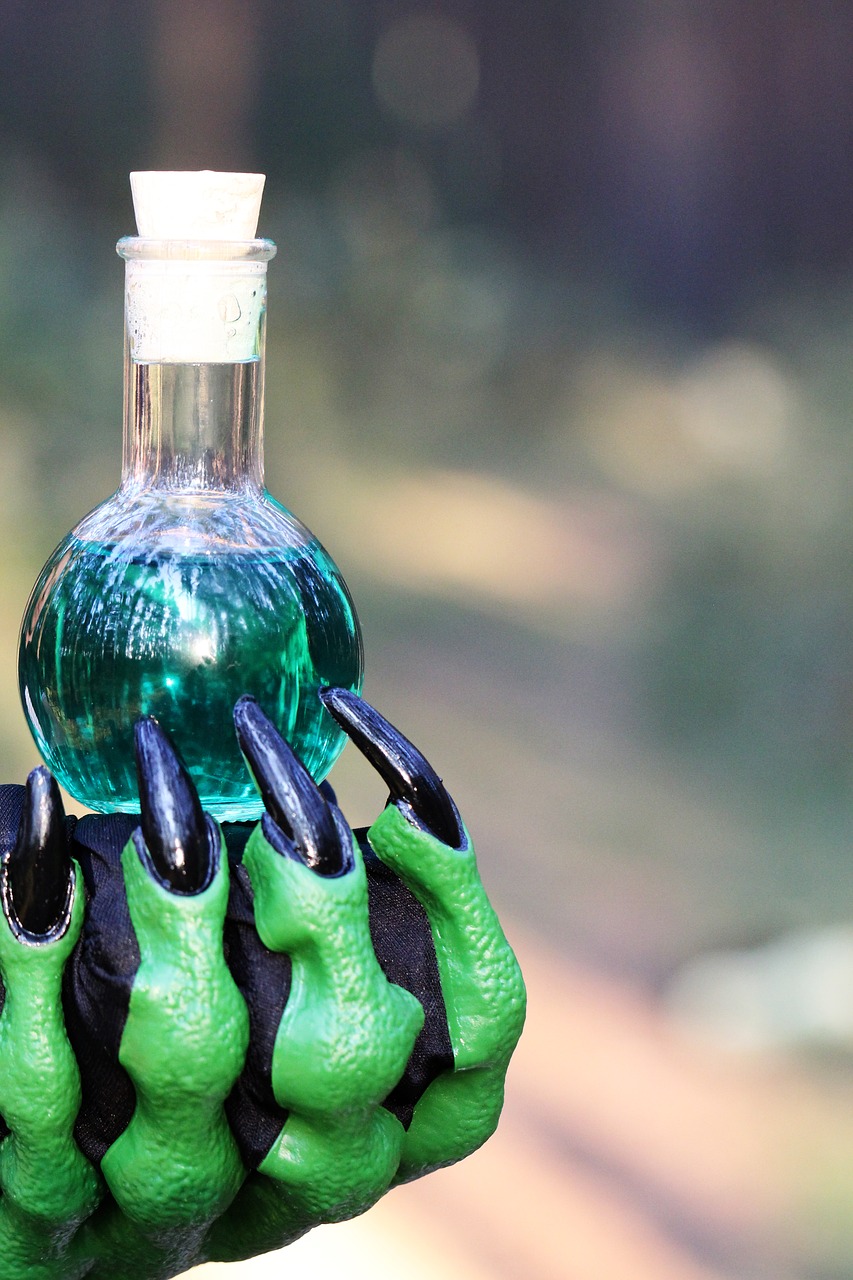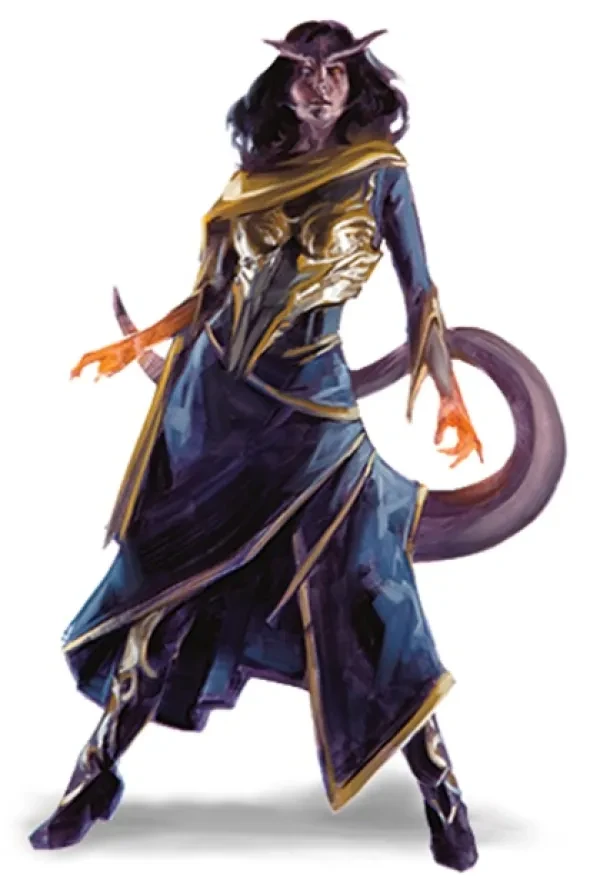
The D&D Player’s Handbook defines the rogue class as “A scoundrel who uses stealth and trickery to overcome obstacles and enemies.”
Now that you know the textbook definition of rogues, another question comes to mind: which race is the best one to select when playing a scoundrel? Based on gameplay and research, here are my top five favorite races to use when playing a rogue: Elf, Half-Elf, Halfling, Human, and Tiefling. Read on to find out why these races are the best to use!5. Elf
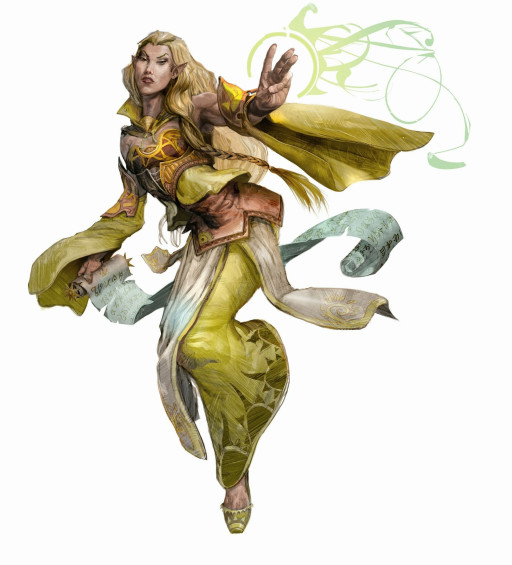
The first race mentioned is the elf. Beautiful, magical, and slender, elves are a race that loves art, music, and nature. The D&D Player’s Handbook states that “although they can be haughty, elves are generally gracious even to those who fall short of their high expectations--which is most non-elves. Still, they can find good in just about anyone.” Elves are bilingual, curious, dexterous, do not require sleep, and perceptive. Read on to find out more about elves as amazing rogues!
Why Elf is Great for Rogue
- As an elf playing a rogue, dexterity is automatically increased by 2.
- Elves have the gift of Darkvision; they can see up to 60 feet in dim and dark conditions, which makes them able to attack, hide, and sneak around with minimal or no detection. These are important skills for rogues.
- In addition, elves have keen senses, and therefore proficiency in Perception. In other words, it is hard to sneak up on elves!
4. Half-Elf

Half-elves make excellent rogues based on their alignment (chaotic) described in the D&D Player’s Handbook: “Half-elves share the chaotic bent of their elven heritage. They value both personal freedom and creative expression, demonstrating neither love of leaders nor desire for followers. They chafe at rules, resent others’ demands, and sometimes prove unreliable, or at least unpredictable.” With this description, rogue seems like the perfect class for a half-elf! I play a rogue who is half-elf, and it is a lot of fun! Read on to find out more about why half-elves make excellent rogues.
Why Half-Elf is Great for Rogue
- As a half-elf, abilities are increased. A half-elf’s Charisma score increases by 2, and two other ability scores increase by 1. (So, a dexterity score could be increased by two points!) A half-elf could be both charming as well as a scoundrel!
- Darkvision is an excellent trait that both elves and half-elves enjoy. They can see up to 60 feet in dim and dark conditions. This is a useful trait for half-elves who are rogues.
- Half-elves have Fey Ancestry, meaning that there is an advantage on saving throws against charm spells, and are immune to sleep spells. That will work as an advantage in encounters with spellcasters.
- There are also two proficiency skills that half-elves obtain. Those can be any skills, so half-elves who want to become rogues can increase skills such as Stealth.
3. Halfling
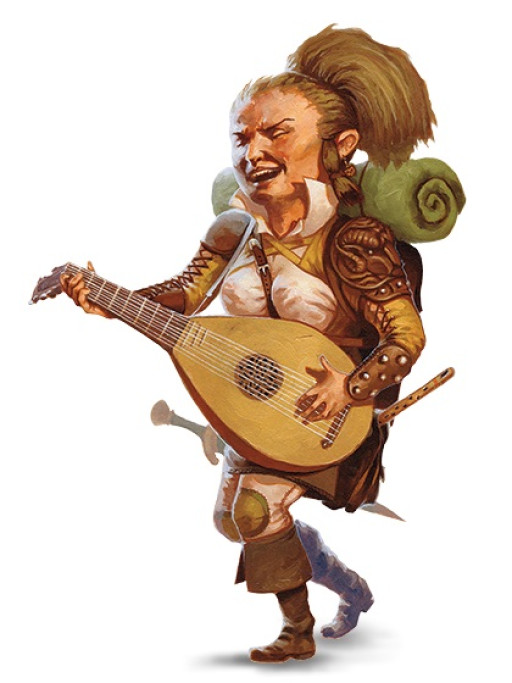
Halflings would make stellar rogues because of their ability to blend in. The D&D Player’s Handbook states that “Halflings are adept at fitting into a community of humans, dwarves, or elves, making themselves valuable and welcome. The combination of their inherent wealth and their unassuming nature helps halflings to avoid unwanted attention.” These adventurers are naturally dexterous, overall friendly, and practical to a fault. (Their treasures are usually squirreled away somewhere.) Read on to find out why Halflings would fit in as rogues!
Why Halfling is Great for Rogue
- The mere size of a halfling will be advantageous, as halflings can be underestimated.
- The ability score of a Halfling Rogue automatically increases by 2 in Dexterity.
- Halflings are also Lucky; if the PC rolls a 1 on a d20, they have the option to reroll and take the second roll.
- Although halflings tend to be lawful good in alignment, there is no hard rule that halflings must be lawful good and cannot be rogues. In addition, that would make for an interesting story line for the character!
2. Human
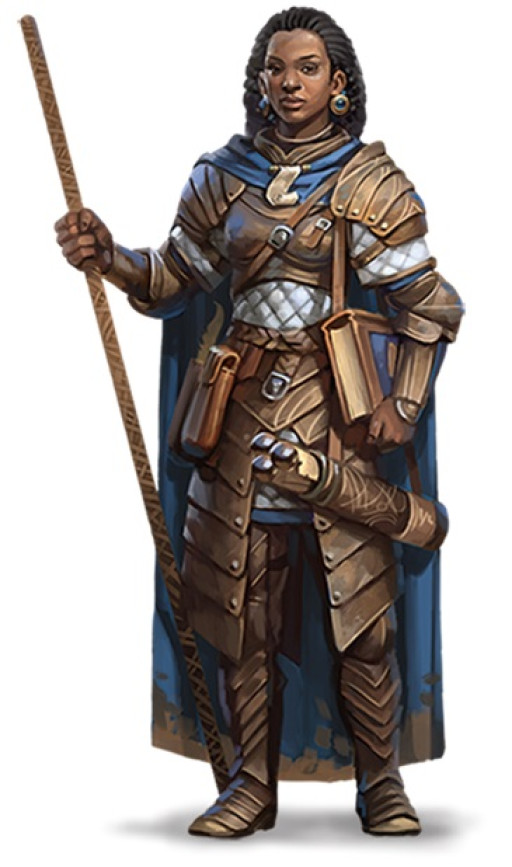
Since we are a race of humans in real life, this does not require a lot of explanation. However, humans are the shortest lived (boo!) and the most diverse race in the D&D universe. Since our expiration dates tend to be sooner than the other races, there can be an urgency among humans (in campaigns and in real life) to complete a mission or a task. Read on to find out more why humans would make excellent rogues! (When halflings literally go rogue!)
Why Human is Great for Rogue
- Humans are typically not bogged down by alignment; they can be and are any alignment, so they could play rogues.
- Ability scores in each category increase by 1, so if you need a Dexterity boost, there you go!
- Humans can be bilingual (Common and one other language), so they can assist with reading scrolls or maps in two languages.
1. Tiefling
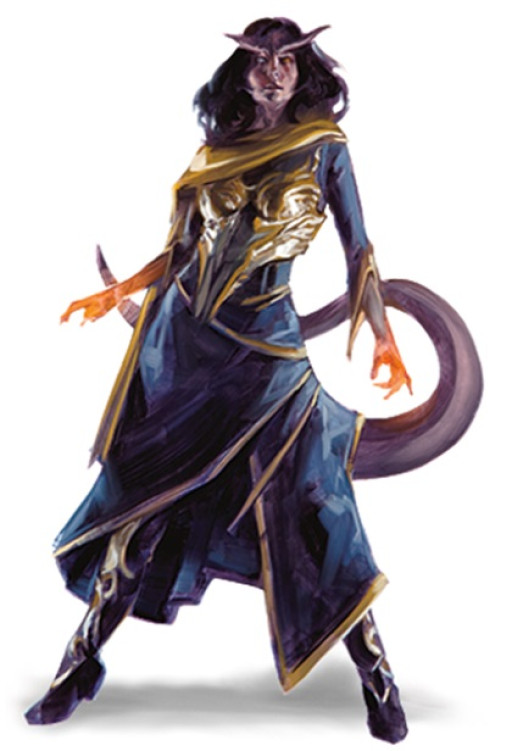
According to the D&D Player’s Handbook, “Tieflings subsist in small minorities found mostly in human cities or towns, often in the roughest quarters of those places, where they grow up to be swindlers, thieves, or crime lords. Sometimes they live among other minority populations where they are treated with more respect.” Because Tieflings are practically born with Thieves Tools in their hands, this race would be a perfect choice for Rogues. Read on to find out more about why these Infernal species make perfect Rogues!
Why Tiefling is Great for Rogue
- Tieflings can see well in darkness and dimness up to 60 feet; this makes them able to sneak attack in dark conditions.
- Ability scores increase in Intelligence (+1) and Charisma (+2). Since the ability scores for Rogues are naturally high in Dexterity, having bonuses in other abilities will be helpful.
- Thanks to the Infernal Bloodline, Tieflings have Hellish Resistance, which is a fancy term for resistance to fire damage.
- In addition to thieving, Tieflings can cast cantrips and spells.
- Tieflings are also bilingual, speaking Common and Infernal.

